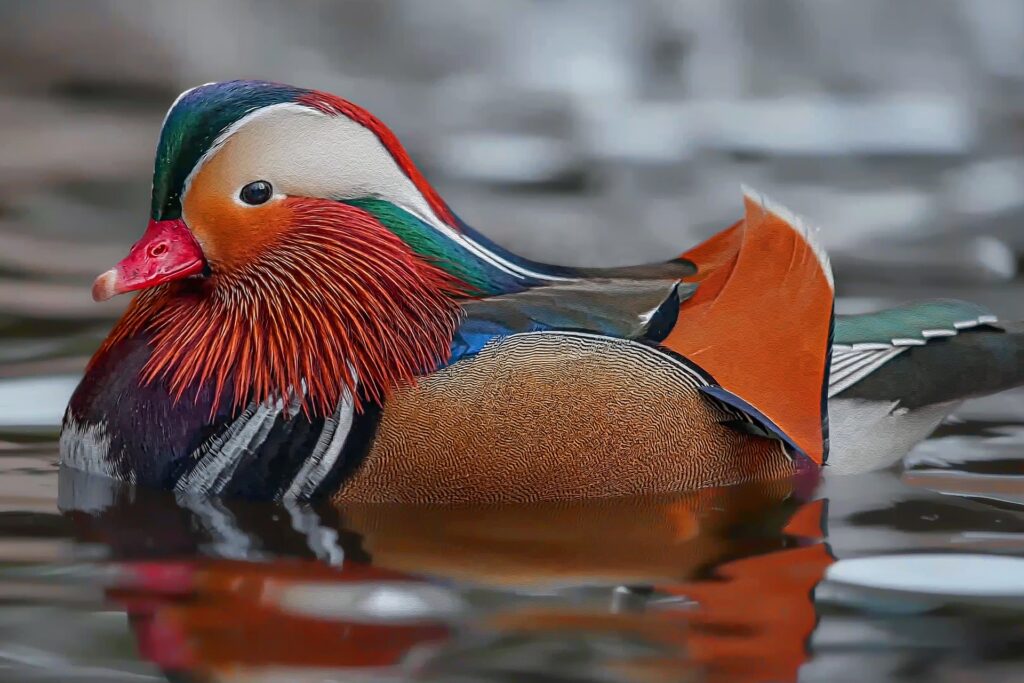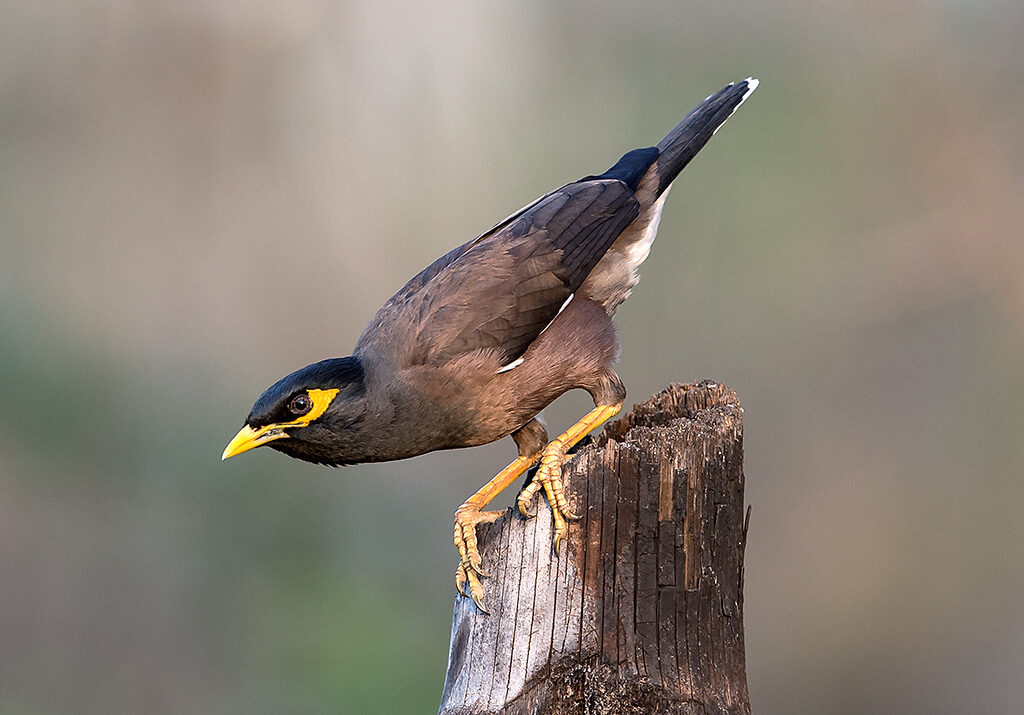Table of Contents
Human Influence on Global Bird Diversity
Human-influenced global trade of birds has contributed significantly to the spread of species. A study by researchers at the University of Tartu published in the journal Ecology Letters reveals that the spread of introduced species is reducing the diversity of bird populations worldwide, as unique species tend to die out and the species that are introduced are similar to those already there. As a result of the study, we can see that human influence reduces bird diversity, which in turn can increase the vulnerability of the ecosystem and require quick and effective conservation decisions on a regional basis.
The Impact of Introduced Species on Local Ecosystems
Man has deliberately spread desirable species, which has even been called enrichment of nature in the past. Species have been introduced to different regions for things like pest control, trade purposes or hunting purposes (geese). Humans have helped the house sparrow, the common pigeon, the European starling, the ringneck parrot, the common myna, the pheasant, the mandarin duck and the ruddy shelduck become common introduced species. At the same time, some regional wild birds are endangered, such as rails, of which the water rail, the corn crake, the Eurasian coot, the common moorhen, the spotted crake and the little crake live in Estonia. In general, large and slow-breeding birds are more likely to be endangered.
To date, approximately 8% of bird species found only on individual islands have become extinct. The percentage is significantly less on land (0.002%). Could it be possible that mainland species have simply received an extension of time and the same fate awaits them as their fellow species that lived on the islands? The ethical question of extinction for each species is described as an understanding of the major changes that are necessary for predicting ecosystem performance and ensuring human well-being.
Analysing the global database of non-native and endangered species, researchers from the Institute of Ecology and Earth Sciences compared the diversity of bird populations worldwide. Morphological measurements of 8,143 bird species (beak size and length of bill, wing and tail length, body weight, etc.), characteristics of the life-history (size of brood, number of broods per year, incubation period, lifespan, age they learn to fly, egg weight, etc.) and phylogenetic information of the species were collected for analysis – all these features characterise not only the taxonomy of the avifauna, but also its functional and phylogenetic diversity.
The probability of extinction of species was determined according to the International Red List. Based on the Alien Species Database, 802 introduced species were identified in 281 regions of the world.

Regional Variations in Bird Diversity Loss
It turned out that, despite the addition of non-native species, the local species richness will drop by 6% when natural endangered species die out, which on average means the loss of approximately 25 bird species from one area. The morphological diversity of the birds decreased by 2%, the life-history diversity by 1% and the phylogenetic diversity by 4%. Trends varied by region: In Europe and Oceania, the introduction of non-native species led to only a small decline in biodiversity, and in some cases even increased the diversity of different life-histoy and morphology, whereas in Africa, Asia and South America, the loss of diversity was notable.
The differences between regions are explained by the abundance of introduced species: while the African, Asian and South American regions have on average added 1, 4 and 2 introduced species, the European, North American and Oceanian regions have added 9, 4 and 15 species. Despite this, bird richness declined more than expected in Asia, Africa, and South America, less than expected in Europe and Oceania, and slightly less in North America. In these regions, the decline in morphological and phylogenetic diversity was greater than expected.
A change in the species composition may lead to a decline in the diversity of bird populations worldwide, as there are many endangered species. Moreover, the impoverishment of bird populations is not accidental, but disproportionately more species that have a unique role in their ecosystem and have few close relatives die out. Introduced species do not mitigate ecosystem changes because a large proportion of the introduced species are similar to the local bird population. Rather, it is necessary to limit the spread of introduced species and to protect the functional and phylogenetically unique native species that ensure the functioning and diversity of bird communities.
Consequences and Conservation Implications
In light of the knowledge gained from this study, it is important to note that the loss of endangered species has a more significant impact on the world’s avifauna than the addition of introduced species, since the extinction of species affects all indicators of biodiversity. The disappearance of endangered species not only leads to a decline in ecological functionality, but also reduces the evolutionary potential for new species adapt to the local conditions in the future. This, in turn, has a very important but unfortunately long-term impact on the stability and resilience of our planet’s ecosystems.
The research paper reference: Toussaint A, Pärtel M, Carmona CP (2024). Contrasting impacts of non-native and threatened species on morphological, life history, and phylogenetic diversity in bird assemblages. Ecology Letters 27: e14373. https://doi.org/10.1111/ele.14373 .
This article is writteb by Marko Mägi. It was originally published on the “Birdwatcher blog”.
If you’re intrigued by the wonders of our feathered friends, don’t miss out—soar over to our next article for more fascinating insights about birds. read more about how Energy infrastructure kills a large number of birds!
 Back
Back



